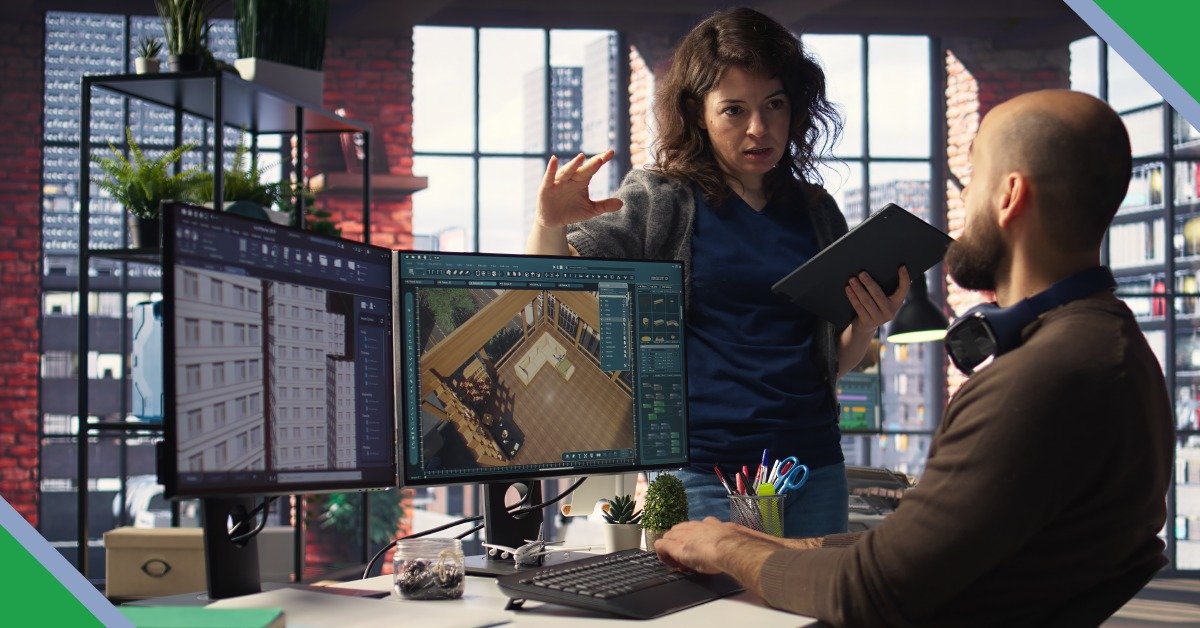Computer-Aided Design (CAD) has been an essential tool in the architecture, engineering, and construction (AEC) industries for decades, enabling professionals to create precise and detailed designs. As technology continues to evolve, CAD has also undergone significant advancements. In this blog, we will explore the latest trends and technologies shaping the future of CAD, including cloud-based services, AI integration, and automation.
Cloud-Based Services
One of the most significant advancements in CAD is the shift towards cloud-based services, which provide better collaboration, enhanced flexibility, and improved accessibility. Cloud-based CAD allows designers to work remotely and access their files from anywhere using any device with an internet connection. This not only reduces the need for expensive hardware and software but also enables multiple team members to work on a project simultaneously. Some benefits of cloud-based CAD solutions include:
- Real-time collaboration: Project teams can work together seamlessly, sharing updates and feedback instantaneously.
- Centralized data storage: All project files are securely stored in one location, making it easier to manage and access.
- Scalability: Cloud-based CAD allows businesses to scale their services as needed, adapting to changing project requirements and workloads.
AI Integration
Artificial Intelligence (AI) has begun to play a crucial role in CAD technology, driving innovation and efficiency. AI can analyze vast amounts of data, learn patterns, and make predictions, enhancing the design process in numerous ways. Some of the benefits of AI integration in CAD include:
- Generative design: AI algorithms can generate multiple design options based on specific criteria, enabling designers to explore and select the best solution.
- Performance optimization: AI can help designers optimize their designs for performance, energy efficiency, and sustainability.
- Error detection and correction: AI can identify potential design errors, inconsistencies, or clashes, minimizing the risk of costly mistakes and rework.
Automation
Automation is another significant trend shaping the future of CAD technology. By automating repetitive tasks, designers can focus on more critical aspects of the design process, improving overall productivity and efficiency. Some examples of CAD automation include:
- Automated drafting: CAD solutions can automate the creation of 2D drawings, reducing manual effort and increasing accuracy.
- Parametric modeling: By defining parameters and relationships between design elements, designers can automate the generation of complex 3D models.
- Design validation: Automated design validation tools can check for compliance with industry standards, building codes, and best practices, ensuring that designs meet all necessary requirements.
Conclusion
The future of CAD technology promises to revolutionize the AEC industry, with cloud-based services, AI integration, and automation driving innovation and efficiency. By embracing these latest trends and technologies, businesses can stay ahead of the curve, ensuring that they remain competitive in an ever-evolving landscape. As CAD continues to advance, we can expect even more significant improvements in efficiency, innovation, and sustainability within the AEC industry.





